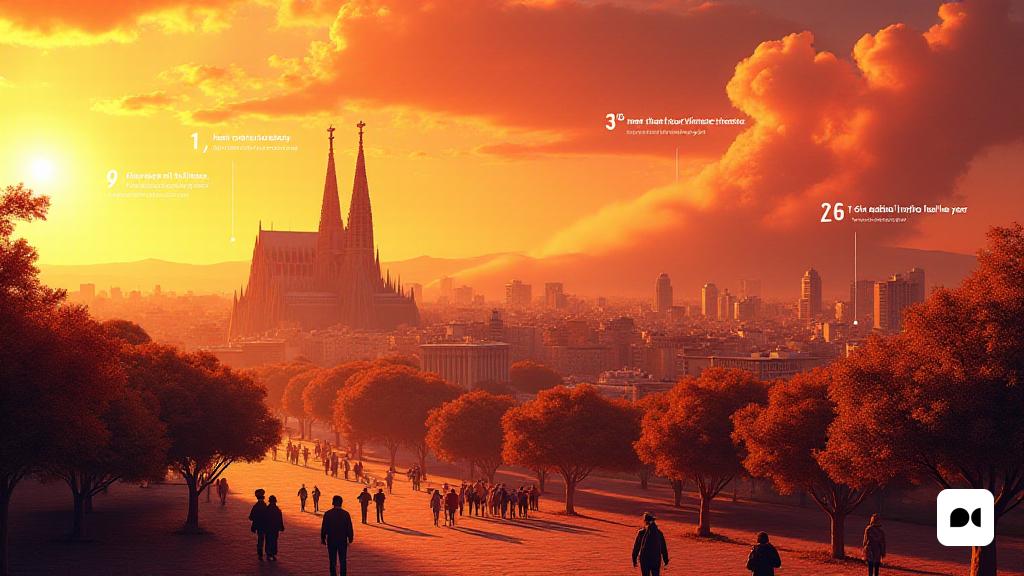An increasingly worrying climate scenario
Climate screenings for 2100 are taking an alarming turn, with new data from the Barcelona Metropolitan Area (AMB) that indicate a significant increase in temperatures. Compared to the calculations of a decade ago, current prospects provide for a warm -up that could exceed 3 ° C at the end of the century.
Increased temperatures and heat days
The report, which contains the conclusions of the Icaria project, emphasizes the collaboration between the AMB and the Foundation for Climate Research (FIC). These data reflect not only the increase in heat days, but also a marked tendency towards more common tropical nights, a phenomenon that has been intensified in recent decades.
Heat waves: an alarming increase
For 2100, forecasts indicate that the frequency of heat waves will be able to exceed four a year, with a long duration. This represents a drastic change in the climatic conditions that will affect the daily life of the inhabitants.
Population vulnerability to heat
According to the AMB’s climate vulnerability rate, more than 500,000 people in the Barcelona metropolis are at a risk situation in the face of high temperatures. The most affected areas include Ciutat Vella, Nou Barris and Sants-Montjuïc, where the vulnerable population concentration is higher.
Proactive responses: Climate shelters
To face this new reality, the AMB plans to create 58 additional climate refuges for 2025, increasing the metropolitan network by 31% over the previous year. With this incorporation, the total will amounts to 244 shelters, which will include parks, public facilities and swimming pools.
A commitment to climate safety
It is important to note that this data does not include the approximately 390 climate refuges existing within the city of Barcelona, which emphasizes the need for a joint effort to ensure the safety of its citizens in the face of climate change.

